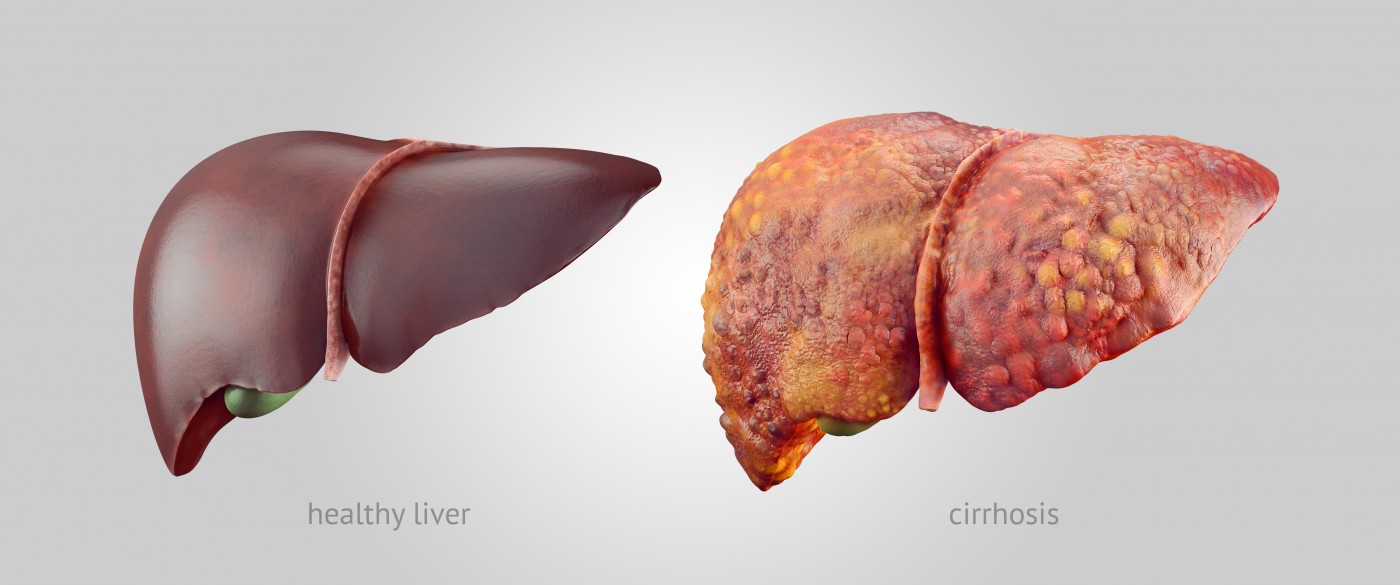Non-alcoholic Steatohepatitis Patients May Benefit from Plant-based Compound

A team of researchers recently investigated the therapeutic potential of salvianolic acid B in non-alcoholic steatohepatitis (NASH) disease. Their study, “Effects of salvianolic acid B on liver mitochondria of rats with nonalcoholic steatohepatitis,” was published in the World Journal of Gastroenterology.
NASH is a type of nonalcoholic fatty liver diseases (NAFLD), a group of disorders characterized by the build up of fat in the liver (steatosis) that is not caused by alcohol. Patients with NASH can develop liver cirrhosis and liver cancer, but recent reports also suggested that NASH increases the risk for diabetes, hypertension, and cardiovascular diseases. The pathogenesis of NASH remains unclear, but it is known that mitochondria in liver cells play a key role in NAFLD, via mitochondria dysfunction and increased oxidative stress.
Researchers investigated the effects of salvianolic acid B (Sal B) in liver mitochondria of rats with NASH. Sal B is a water-soluble compound extracted from the plant Radix Salvia miltiorrhiza, which has been used in China as a treatment for cardiovascular diseases for hundreds of years due to its potent anti-oxidative capabilities.
Scientists divided rats in three experimental groups — a normal group fed a normal diet (group 1), a NASH model group (group 2), and a Sal B-treated group fed a high-fat diet (group 3), with the rats receiving a daily 20 mL/kg dose of Sal B. Mice were kept under treatment for 24 weeks, but at the end of the 12th week, in order to detect pathological changes, two rats from each group were sacrificed and their livers analyzed.
After 24 weeks, rats in the model group (group 2) exhibited higher levels of serum fat parameters, including triglycerides (TG), but also increased levels of alanine aminotransferase (ALT) and aspartate aminotransferase (AST), two markers of liver damage. Moreover, these mice presented clear histological marks of liver inflammation and steatosis, and mitochondria functions were compromised (as denoted by the levels of cytochrome c activity and caspase-3 protein expression). In the Sal B-treated group of mice the pathological features, including steatosis and inflammation, were significantly lower compared to the model group and healthy mitochondria functions were maintained.
The findings show Sal B helps to protect liver mitochondria from damage and regulate energy metabolism, alleviating oxidative stress and lipid peroxidation. The authors suggest that Sal B could be a potential therapeutic for NASH.






